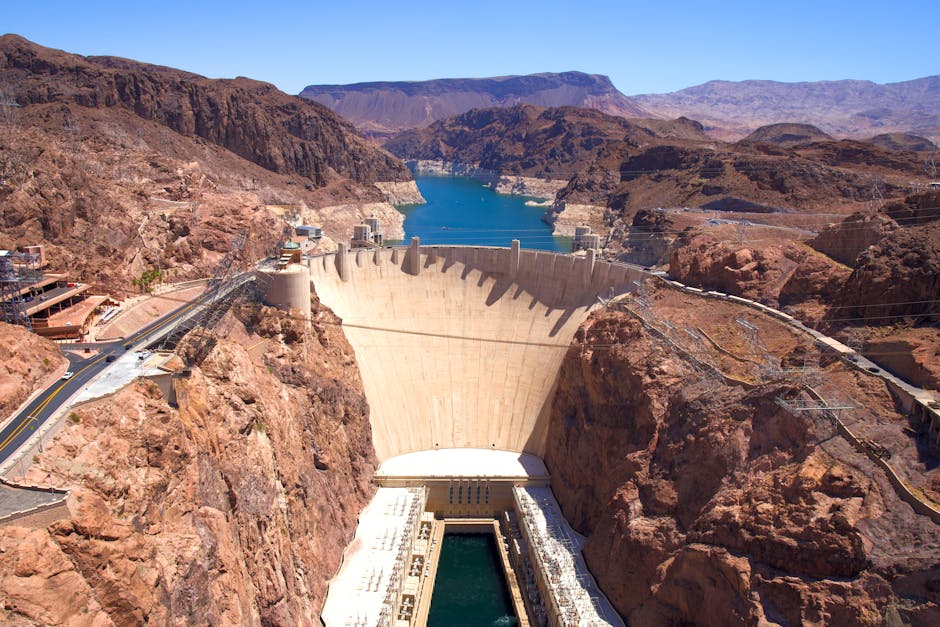
Hydropower Plants: Harnessing the Power of Water for Clean Energy
Hydropower plants are facilities that harness the power of water to generate clean and renewable energy. By using the force of flowing or falling water, hydropower plants convert the kinetic energy of water into mechanical energy, which is then used to drive turbines and generate electricity.
One of the key advantages of hydropower plants is that they provide a reliable and consistent source of electricity. Unlike solar or wind power, which can be intermittent depending on weather conditions, hydropower plants can operate continuously as long as there is a steady water supply.
Another benefit of hydropower is its environmental friendliness. Unlike fossil fuel power plants, hydropower plants do not emit greenhouse gases or other harmful pollutants. They also do not rely on finite resources like coal or oil, making them a sustainable and renewable energy option.
Hydropower plants can vary in size and design, depending on the available water resources and specific project requirements. Some hydropower plants are large-scale, such as dams that generate electricity for entire regions or countries, while others are small-scale installations that power localized communities.
While hydropower plants bring many benefits, they also pose challenges. The construction of large-scale hydropower dams can have significant environmental and social consequences. Dams can alter natural river ecosystems, disrupt fish migrations, and displace communities living in the affected areas.
Overall, hydropower plants have the potential to play a crucial role in sustainable development by providing clean energy and reducing reliance on fossil fuels. However, careful planning and consideration of environmental and social impacts are essential to ensure that hydropower projects are implemented responsibly and contribute to a greener future.
